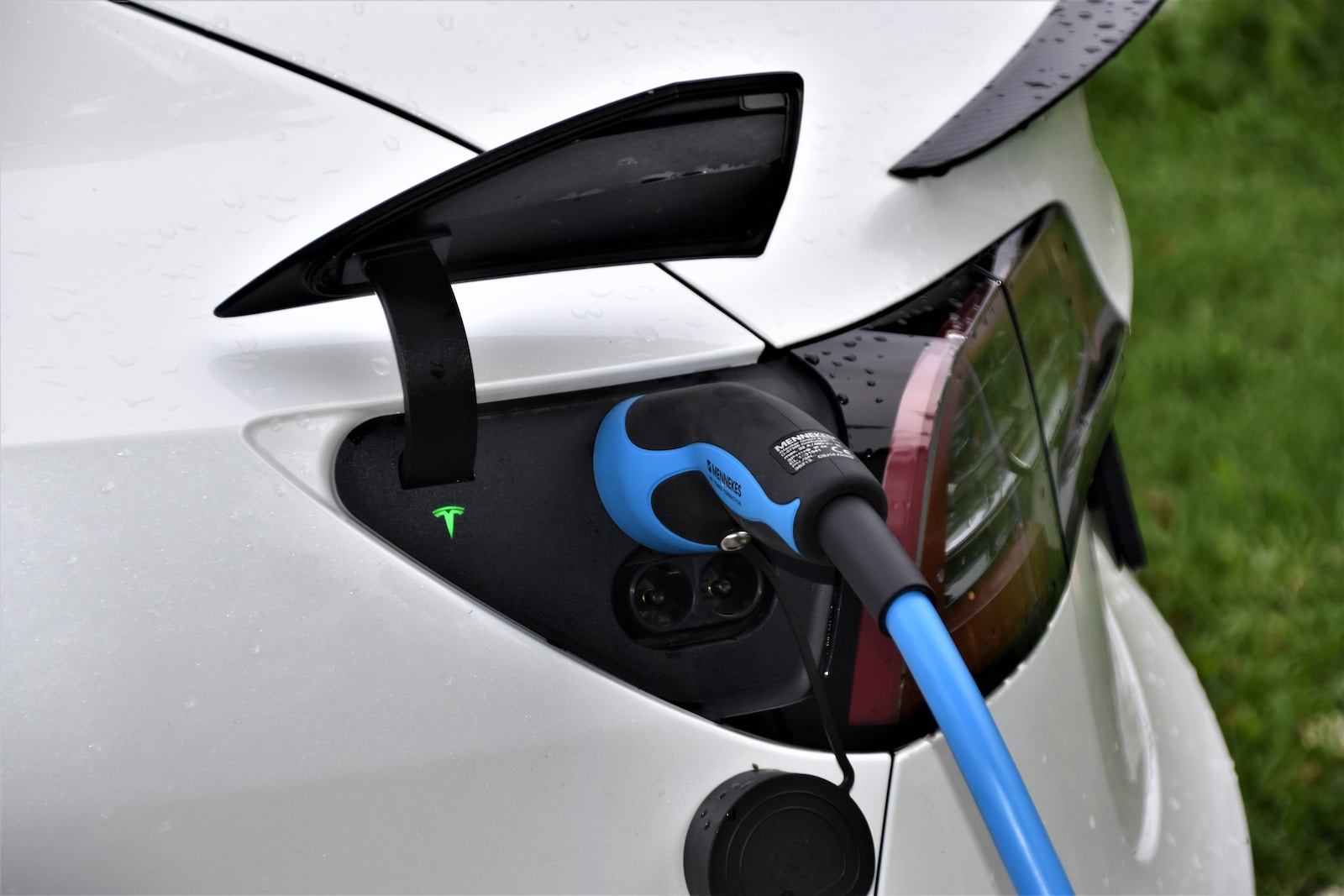Grid Enhancement plays a crucial role in the seamless integration of Renewable energy sources into the power supply. As the world focuses on achieving the United Nations Sustainable Development Goal of “Industry, Innovation, and Infrastructure,” it is essential to understand the importance of grid modernization and its impact on renewable energy integration.
Understanding Grid Modernization
Power Grid Modernization refers to the upgrading and enhancement of the electrical grid infrastructure to meet the evolving needs of the energy system. It involves implementing advanced technologies, adopting smart grids, and improving grid flexibility and resilience. Grid modernization is a key enabler for the successful integration of renewable energy sources into the power supply.
Challenges in Renewable Energy Integration
The integration of renewable energy into the grid presents several challenges. One of the main challenges is the variability and intermittency of renewable energy sources such as solar and wind. Unlike traditional power sources, renewable energy generation is dependent on weather conditions. This variability requires grid operators to find innovative solutions to balance supply and demand.
Technical and operational challenges also arise when integrating renewable energy into the grid. The existing grid infrastructure may not be designed to handle the fluctuations and decentralized nature of renewable energy generation. Grid Enhancement addresses these challenges by incorporating advanced monitoring, control, and communication technologies.
Grid Modernization Solutions for Renewable Energy Integration
To overcome the challenges of renewable energy integration, grid modernization offers various solutions. Advanced grid infrastructure technologies, including smart grids, enable real-time monitoring and control of energy generation, transmission, and distribution. These technologies optimize the integration of renewable energy sources and ensure grid stability.
Energy storage systems play a vital role in balancing renewable energy generation. By storing excess energy during periods of high generation and releasing it during low generation, energy storage systems help address the intermittency of renewable energy sources. Grid modernization efforts focus on integrating energy storage technologies into the grid to enhance overall system efficiency.
Demand response programs also contribute to grid stability and renewable energy integration. These programs incentivize consumers to adjust their energy consumption based on grid conditions. By shifting energy demand to periods of high renewable energy generation, demand response programs help balance supply and demand and Reduce strain on the grid.
Case Studies: Successful Power Grid Modernization Projects
Several successful grid advancement projects have paved the way for effective renewable energy integration. For instance, the Hawaiian Electric Company implemented a comprehensive grid modernization plan to accommodate the increasing penetration of solar power. Through the deployment of advanced monitoring and control systems, Hawaii now has one of the highest levels of renewable energy integration in the United States.
Policy and Regulatory Frameworks Supporting Grid Modernization
Government policies and regulations play a crucial role in promoting Grid Enhancement and renewable energy integration. Incentives and subsidies are provided to encourage investments in grid advancement initiatives. These policies also aim to streamline the regulatory process and remove barriers to the integration of renewable energy into the grid.
Benefits of Grid Modernization for Renewable Energy Integration
Electrical Infrastructure Upgrade offers numerous benefits for renewable energy integration. Firstly, it enhances grid reliability and resilience by minimizing disruptions and improving response times to outages. Secondly, grid modernization contributes to enhanced energy efficiency, reducing energy losses during transmission and distribution. Finally, it helps reduce carbon emissions by facilitating the integration of clean and renewable energy sources.
Future Trends in Grid Modernization and Renewable Energy Integration
The future of grid modernization and renewable energy integration is shaped by emerging technologies and innovations. The use of advanced sensors, artificial intelligence, and machine learning algorithms will enable more accurate forecasting of renewable energy generation and grid demand. Additionally, the integration of electric vehicles and their smart charging capabilities will further enhance grid flexibility and support renewable energy integration.
Conclusion
Grid Advancement is a critical enabler for the seamless integration of renewable energy sources into the power supply. By upgrading grid infrastructure, implementing advanced technologies, and adopting smart grids, Grid Enhancement addresses the challenges associated with renewable energy integration. As we strive to achieve the UN Sustainable Development Goal of “Industry, Innovation, and Infrastructure,” it is essential to recognize the importance of Grid Advancement and its role in building a sustainable energy future. Take the next step in your journey towards sustainable development by enrolling in our online courses on grid modernization and renewable energy integration.













